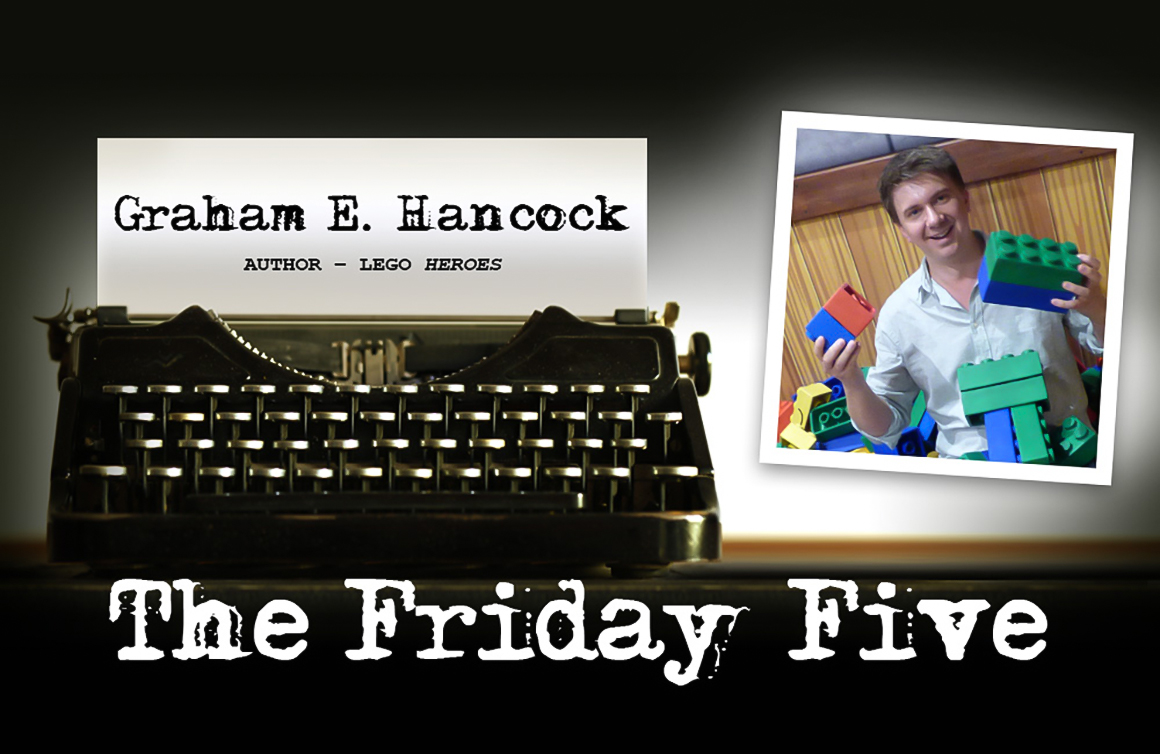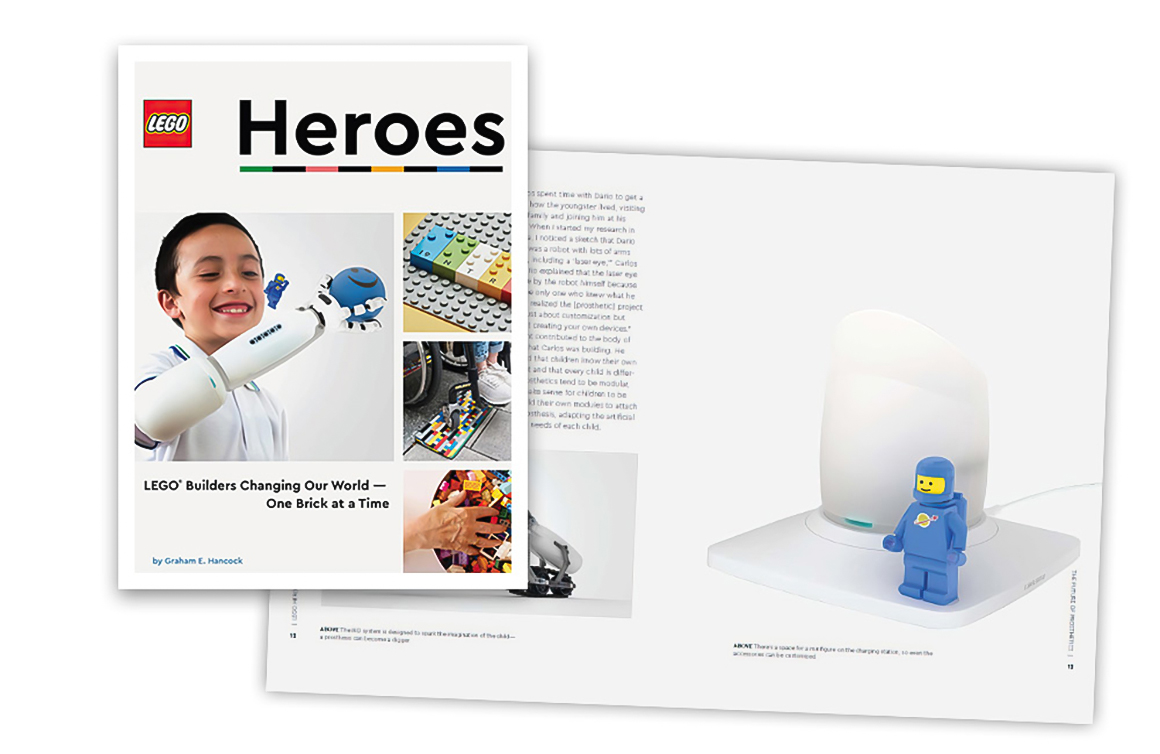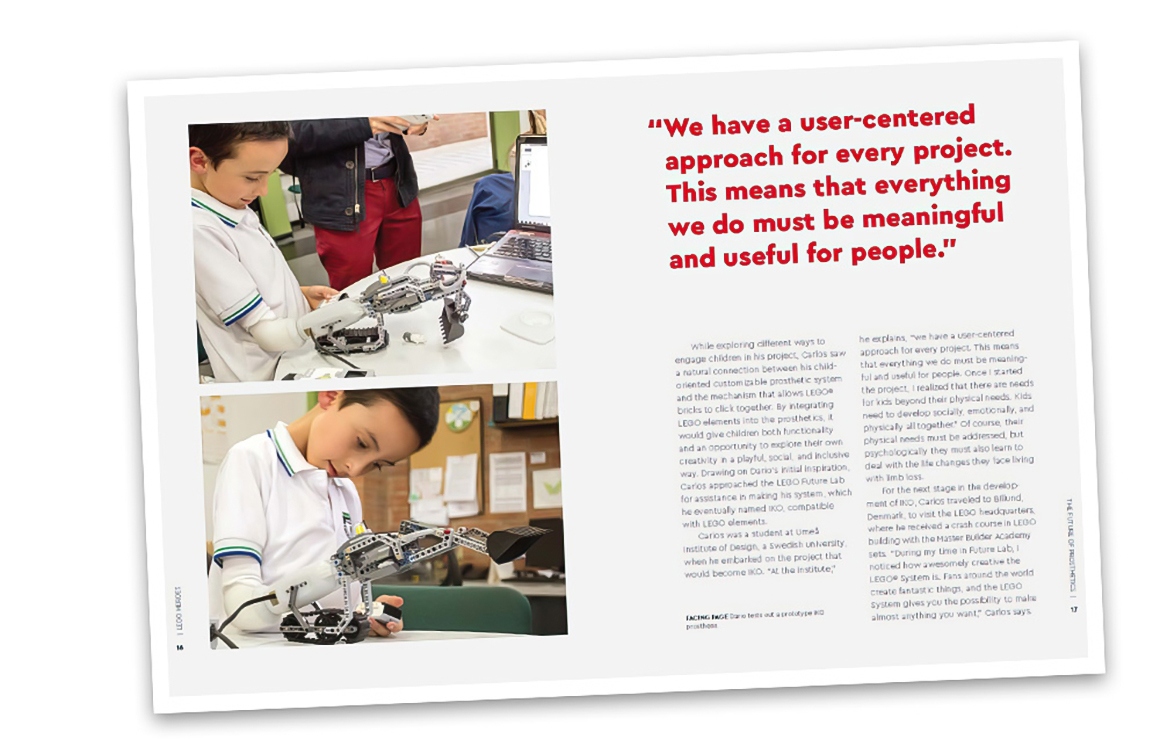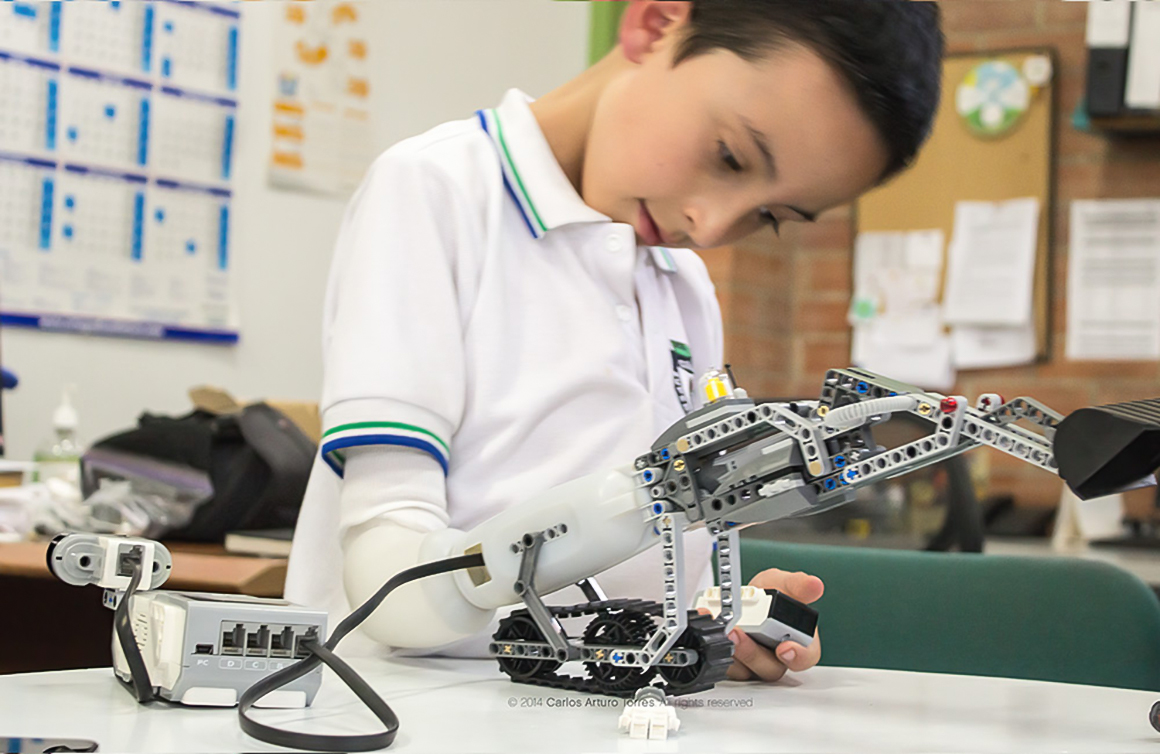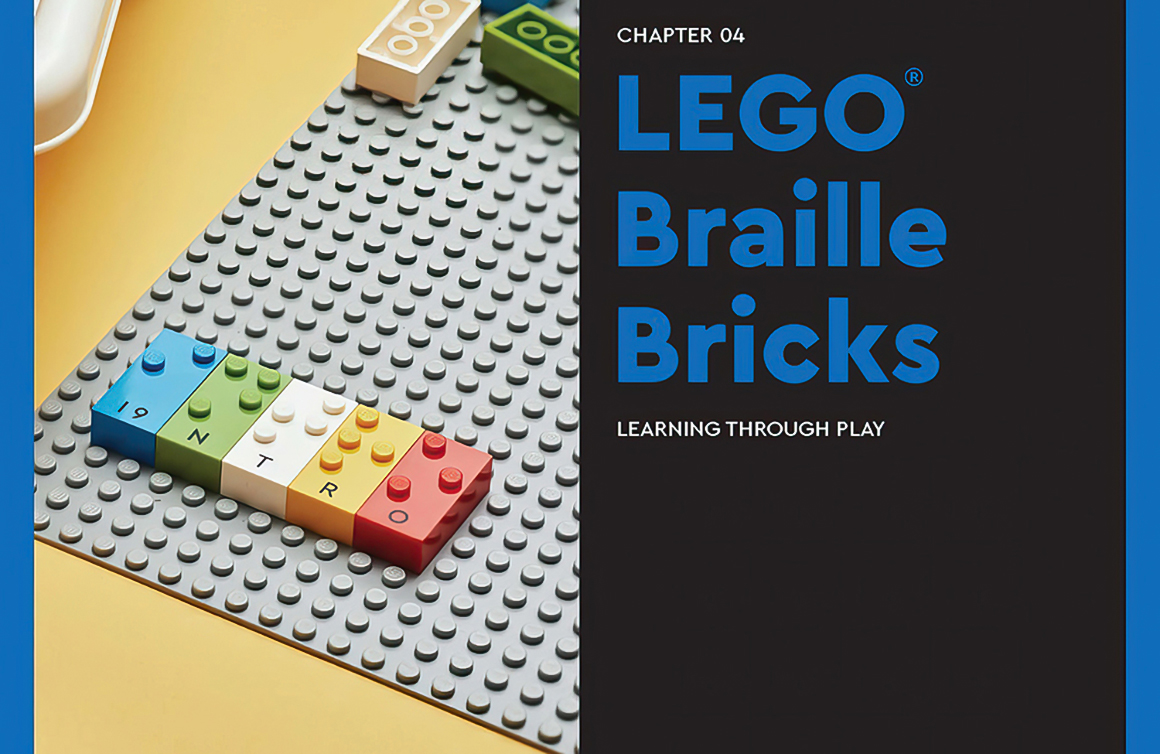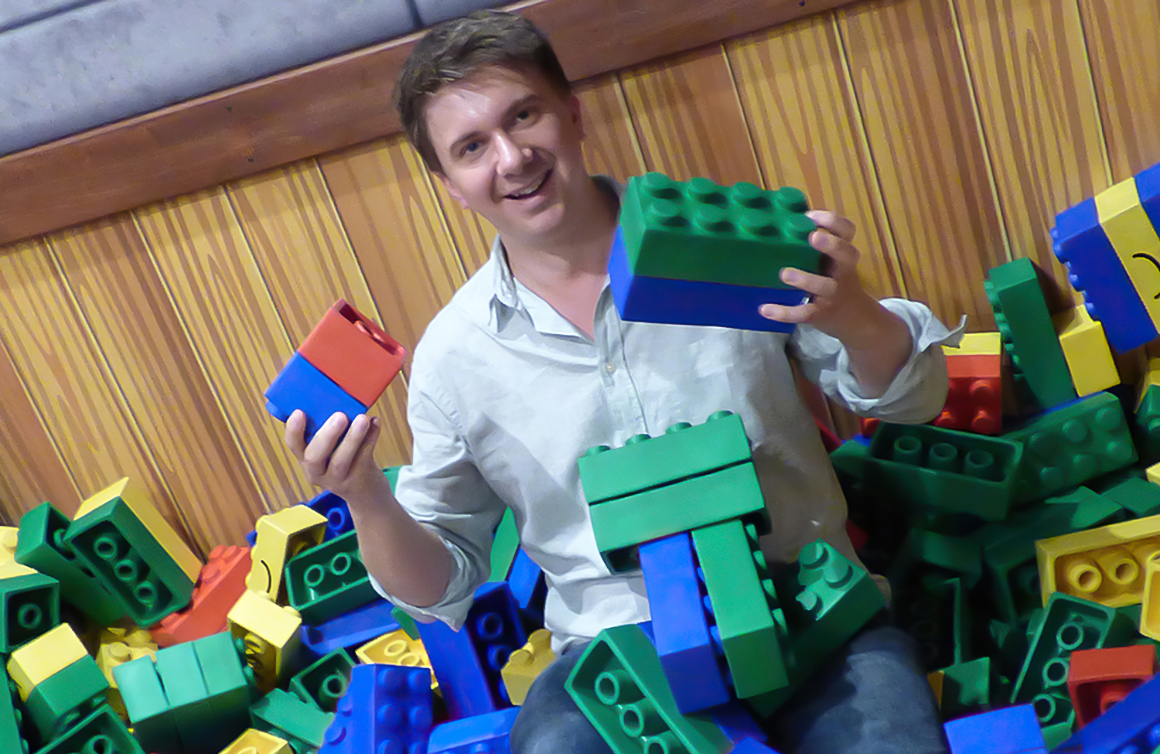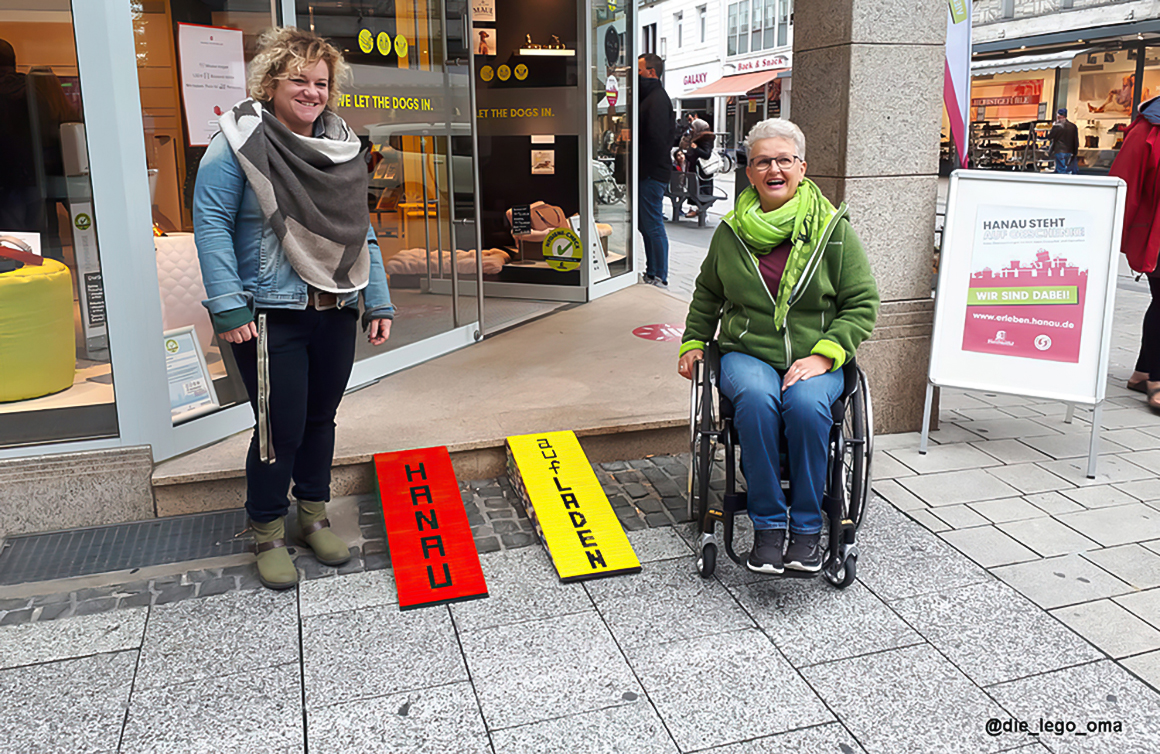What’s your personal history with LEGO?
When I was a kid, I loved pirates. My parents bought me LEGO Pirate sets, and that was the thing that made me absolutely fall in love with LEGO.
I really liked Pirates of the Caribbean at the Disney theme parks, but I can never quite put together in my head which came first — did Pirates of the Caribbean lead me to LEGO Pirates or did LEGO Pirates lead me to Pirates of the Caribbean?
As I got older, I reached a point where I was still enjoying LEGO but thought maybe it was too young for me — something I had as a child — and maybe I should be doing other things. Then LEGO Star Wars came along. It was irresistible to me no matter how much I was telling myself I needed to move on from LEGO. LEGO Star Wars pulled me back in and maintained my interest in LEGO throughout my teen years.
LEGO Star Wars became a gateway to other LEGO themes as I became an adult with more disposable income. The modular buildings, adult sets, Indiana Jones, The LEGO Movie, LEGO Batman — all these different LEGO interests gripped me, and I found myself buying more and more LEGO. I’ve continued with the hobby, it’s never gone away.
Then Blocks magazine came along. At the time, there were not as many outlets covering LEGO or the LEGO hobby. I saw what Blocks was trying to do and felt it was a unique opportunity to cover the LEGO hobby in a different way — to cover it almost in the way that film magazines covered the film industry. I wanted fans to have something of quality they could delve into every month, where we could cover all the different aspects of LEGO as a hobby. I joined the team at Blocks as a features writer eight years ago. I’m the editor now. We recently published our 100th issue, which is an incredible milestone.
I also worked on brickfanatics.com — I was the editor there for a few years. As a result of working on all these different LEGO things and being part of Blocks for so many years, I was speaking to Chronicle Books when they got the license to publish LEGO books for adults, and talking with them about what we might do. I told them about what I call “LEGO in real-life” stories — people who use LEGO bricks and find applications for them in the real world that you wouldn’t expect. There’s never been a LEGO book like this before, and we felt it would be a great way to engage AFOLs (adult fans of LEGO) to see this side of their hobby — an application that benefits the world, that benefits communities.
It’s also a great book for people who are not hardcore LEGO fans but are ‘LEGO curious’, remember having LEGO as a child, or buy themselves a set now and again just to sit down and relax with it. The book doesn’t require readers to have much LEGO knowledge. It is accessible to anyone curious about LEGO.

LEGO Heroes showcases 12 LEGO builders who use bricks to solve personal challenges. What inspired you to write this book?
As editor of Blocks magazine — and working on other LEGO projects over the years — I’m always coming across interesting stories where people use LEGO bricks in fresh ways. People message me all the time with great things they’ve spotted on the local news and in obscure places. I always have a list of these things and have reached out to make connections with people who are working on interesting projects.
When the opportunity to write the book came along, I already had a list of interesting “LEGO in real-life” projects to draw on. The idea of collecting 12 different projects in the same book seemed compelling. By having them all next to each other in a book, we showcase the diverse uses of LEGO bricks, the different ways the brick can intersect with science, with art, with community. The breadth of things you can do with LEGO bricks is unlimited. I think the book illustrates that.

How did you select the projects to showcase in the book?
That was challenging. Narrowing it down to 12 projects was the hardest thing at the beginning. But, Chronicle Books worked with me to make sure we struck a nice balance.
When readers flip from one chapter to the next, each project is entirely different and completely fresh from the one before. That was a main consideration when narrowing down the list and picking 12 examples. Others could have made the list but didn’t. If we ever need a LEGO Heroes Volume II, I definitely have enough projects to fill it.

Which of the 12 stories impacted you the most?
It sounds strange to say this — I’ve been doing it for so long and I’m aware of all these different LEGO stories and I’m always seeing them crop up — but the stories and projects still always surprise me. There are still things I never would expect to see.
You would never imagine that the LEGO system could be the basis for a prosthetic for children. But, the guy who came up with that idea — Carlos Arturo Torres — was inspired by the LEGO system because he recognized that children know their own needs best. So when a child has a prosthetic, they want to be able to adapt it — they want to be able to make it the way they need it to be. Carlos was inspired to ensure it was modular — like LEGO bricks. That it was a system that children could connect different things to. It was the fundamentals of the LEGO system that inspired him to create that prosthetic. He took the foundational thinking behind the LEGO system, and applied it to something to have this incredibly positive impact on the world.
I find it phenomenal that this lovely building toy that we all think is fantastic can have such a powerful impact. In that way, all of these projects surprise me in some way because the LEGO brick — the foundation of it, the bricks themselves — communicates things to the world that are way beyond a toy. They are communicating interesting ideas about how we do things in real life.
As I wrote the book, I started thinking about LEGO on several different levels as I saw what people were doing. It’s just really inspiring.

What do you hope readers take away from LEGO Heroes?
There are a few things that I hope people will take away from reading the book, but the most important one is for people to take a second look at this simple building toy that we all understand, that we love, that so many people had as a child — to gain a different appreciation for it.
Even if you’re not an adult LEGO fan, everyone can look at these LEGO projects and smile and connect with them. That’s an incredible gateway into thinking about other topics — like accessibility in the case of the person building wheelchair ramps so that wheelchair users can get in and out of shops in their local town. That’s a great example of how the LEGO brick is connecting people with something that maybe they wouldn’t otherwise have thought about.
I hope readers are inspired by the fact that the people in this book are doing things that benefit others and that benefit the world around them.

LEGO Heroes: LEGO Builders Changing Our World—One Brick at a Time is published by Chronicle Books.

